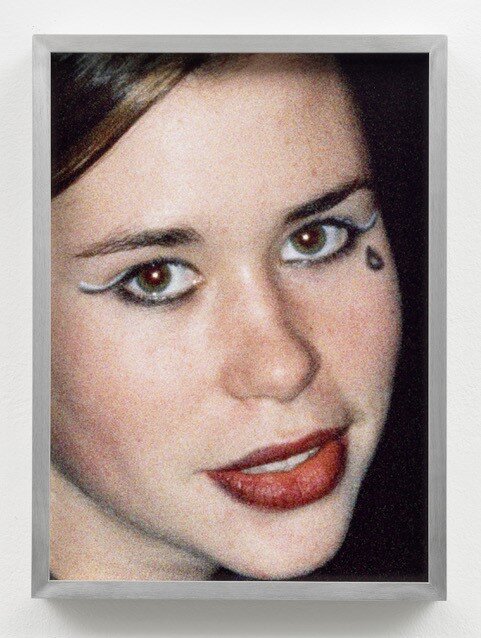talia chetrit in conversation
with executive director peter doroshenko
How has life changed for you since the pandemic took hold in New York state?
I had a baby, so absolutely everything changed and nothing will ever ever be the same.
For the past few years, what has been the underlying thread in all of your photographs?
If I were to look for a single thread, it would be the use of my personal life and the archive of my images to have a discussion about power dynamics. I feel that much is lost by trying to make different bodies of work come together neatly. The most interesting part of my work, for me, is at the edges where conciseness falls apart.
How has your work evolved in the past three years?
It has been a combination of focusing in, while opening up. Maybe that's just being more confident. I’m unsure about that.
Which artist or group of artists have influenced the core of your photography?
Right now, I relate to Sharon Lockhart’s use of photography as a tool to create situations where ideas emerge and where the images are secondary to the act of documenting.
What photograph or group of images are you the most proud of?
I enjoy thinking about a recently exhibited series of images of my friends that were shot when I was in middle school. I was able to capture that uniquely fascinating age when we self-consciously investigated our self-image, sexuality and influences. I could not make those photographs now, as I would be an interloper in terms of age and power. The dynamic would be completely altered. It’s also interesting to think about being a 13 year old today, and negotiating the same ideas of representation, but with so much more at stake with social media, as your image circulates widely and without control.
How much time do you spend setting-up a photograph and how long does it take to get the image you want?
A lot of the images come out of some sort of experience or experiment between me and my subject. Some are just photographs taken when traveling, which usually act as a metaphor if they are ever exhibited. Some are highly constructed in the studio. There are lots of modes and speeds that can get mixed together.
Many of your images seem very personal or private, is that the case?
Yes and no. I photograph my partner, my family, my body, which are intimate subjects, but I wouldn’t say the images are about that intimacy. I use myself but it's not about me, I’m just the tool I have available to myself.
What is the ideal place or location you take your photographs?
I love working in the studio, I like the intentionality and directivity.
Who do you reach out to for critical feedback or to discuss new work?
I have a very inspiring and continuous dialogue with my dear friend and artist Sahra Motalebi. I also have very long term conversations with friends and artists Van Hanos and Peter Labier. My partner sees more than anyone. Different people at different times, sometimes I share work very casually, and sometimes I don’t show anyone anything for long stretches of time and just need to focus on my own voice.
What are you working on for the long term?
Good question! I am working on a show now which opens in October in New York at Kaufman Repetto. My focus is on that show and my son Roman at the moment.
about talia chetrit
Talia Chetrit, born in 1982, lives and works in New York. Recent solo exhibitions include Corey, Donna, Jane, Daphne, Giuliana, Ever, Jochem, Eric, Chris, unknown, and myself, Sies and Höke, Düsseldorf, Germany, 2019; Showcaller, Kölnischer Kunst-verein, Cologne, Germany, 2018; MAXXI Bvlgari Prize 2018, MAXXI National Museum Of 21st Century Art, Rome, Italy, 2018; Adult Contemporary: Allen Jones + Talia Chetrit, Tramps, New York, 2017; Talia Chetrit, Kaufman Repetto, Milan, Italy and New York, 2016. Her work is included in the permanent collection of The Whitney Museum of Art, New York, and The Los Angeles County Museum, California.











